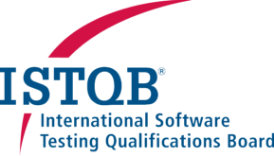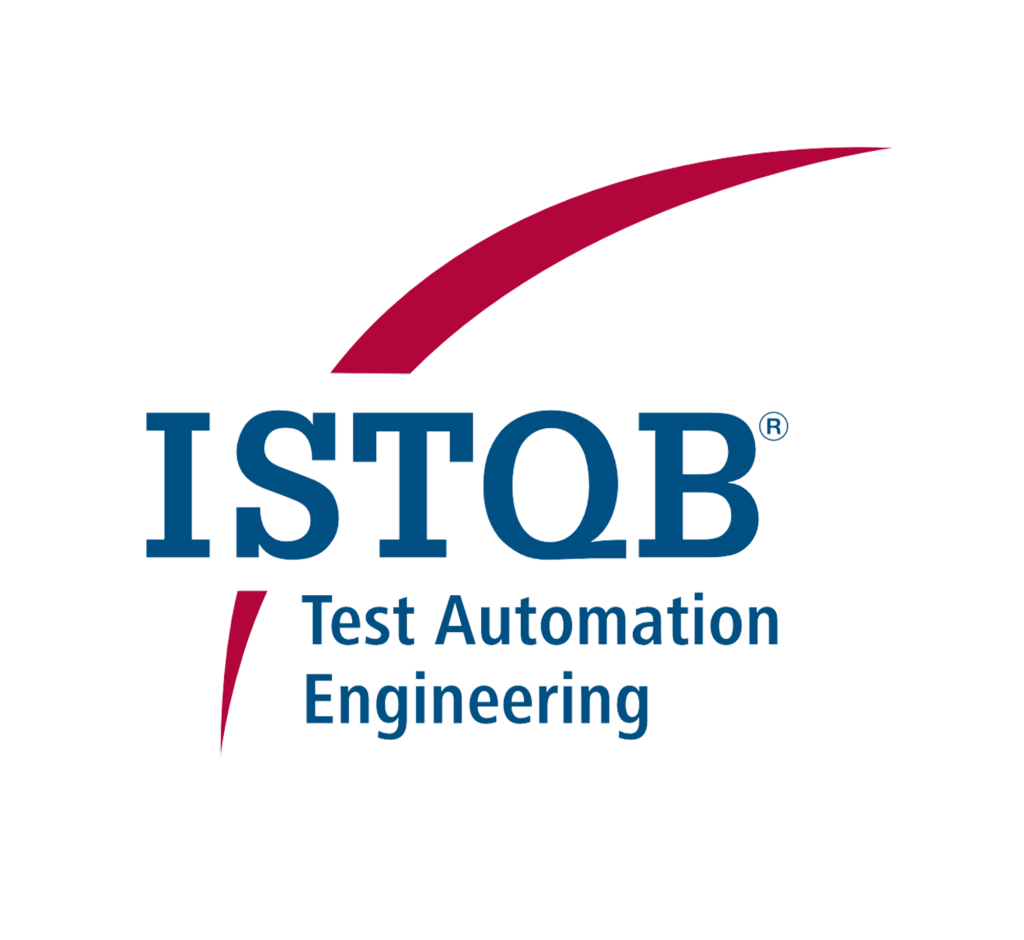Certified Tester Advanced Level Test Automation Engineering (CTAL-TAE) v2.0
Overview
The Certified Tester Advanced Level Test Automation Engineering (CTAL-TAE) qualification is aimed at anyone involved in software testing and test automation. This includes people in roles such as testers, test analysts, test automation engineers, test consultants, test architects, test managers, and software developers. This qualification is also appropriate for anyone who wants a basic understanding of test automation, such as project managers, quality managers, software development managers, business analysts, IT directors and management consultants.
Audience
The Test Automation Engineering syllabus is targeted to the test engineer looking to implement or improve on test automation. It defines methods and practices that can support a sustainable solution.
Other guidelines and reference models relating to test automation solutions are software engineering standards for the selected software development lifecycles, programming technologies, and formatting standards. This syllabus does not teach software engineering. However, a test automation engineer is expected to have skills, experience, and expertise in software engineering.
Furthermore, a test automation engineer needs to be aware of industry programming and documentation standards and best practices to make use of them while developing a test automation solution. These practices can increase maintainability, reliability, and security of the test automation solution. Such standards are typically based on quality characteristics.
To gain this certification, candidates must hold the Certified Tester Foundation Level v4.0 or previous versions of the Foundation Level certificate and have sufficient practical experience. Please contact an ISTQB® Member Board or Exam Provider to determine the specific practical experience criteria.
Content
ISTQB® Certified Tester Advanced Level Test Automation Engineering (CTAL-TAE)
Introduction and Objectives for Test Automation
Purpose of Test Automation
Test Automation in the Software Development
Lifecycle
Preparing for Test Automation
Understand the Configuration
Enal Testuctmation
Evaluation Process for Selecting the Right Tools and Strategies
Test Automation
Architecture
Design Concepts
Leveraged in Test Automation
Implementing Test
Automation
Test Automation
Development
Risks Associated with Test Automation Developmenty
Test Automation Solution
Maintainability
Implementing and Deployment Strategies for Test Automation
Integration to CI/CD
Pipelines
Test Automation Reporting and Metrics
Collection, Analysis and Reporting of Test Automation Data
Verifying the Test Automation Solution
Verification of the Test Automation Infrastructure
Continuous Improvement
Continuous Improvement
Opportunities for Test
Automation
Exam Structure
- No. of Questions: 40
- Passing Score: 42
- Total Points: 64
- Exam Length (mins): 90
Business Outcomes
People who have passed the exam should be able to accomplish the following Business Objectives:
- Describe the purpose of test automation
- Understand test automation through the software development lifecycle
- Understand the Configuration of an Infrastructure to Enable Test Automation
- Learn the evaluation process for selecting the right tools and strategies
- Understand design concepts for building modular and scalable test automation solutions
- Select an approach, including a pilot, to plan test automation deployment within the software development lifecycle
- Design and develop (new or modified) test automation solutions that meet technical needs
- Consider scope and approach of test automation and maintenance of testware
- Understand how automated tests integrate within CI/CD pipelines
- Understand how to collect, analyze, and report on test automation data in order to inform stakeholders
- Verify the test automation infrastructure
- Define continuous improvement opportunities for test automation
More Information
Training is available from Accredited Training Providers (classroom, virtual, and e-learning). We highly recommend attending accredited training as it ensures that an ISTQB® Member Board has assessed the materials for relevance and consistency against the syllabus.
Self-study, using the syllabus and recommended reading material, is also an option when preparing for the exam.
Holders of this certification may choose to proceed to other Core, Agile, or Specialist stream certifications.


